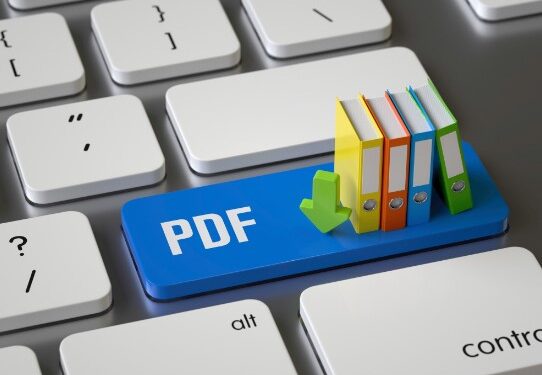Studies have shown that many adults in the United States have read a book in the past year.
What does this mean for you? It means that reading documents and books is a popular activity for many. However, you must decide which or both you will use for your papers.
There are two popular options that are still not as common as a digital document: HTML vs PDF. Each features benefits but limitations, too.
Which format best suits your organization, and how can you tell the difference?
If you’re still unsure about which format to choose, keep reading to learn more.
Hyperlinking
Hyperlinking is a useful tool to link different documents together, and HTML vs PDF are two common formats that are used to create a hyperlink. HTML format can be used to create hyperlinks to a website, as well as internal documents, and is generally seen as the better option due to its ability for search engines to index.
PDFs generally don’t have the same level of functionality. They are great for formatting rich documents, such as long reports. PDFs can still be hyperlinked, but only from within the document and not to other websites. PDFs are easier to view on any device, and HTML is more widely compatible.
With a C# PDF library, users can easily convert HTML documents into foolproof PDF format for sharing and preserving their documents for the long term.
Responsive Design
Responsive design is important for businesses to consider when communicating and sharing information online. HTML offers searchable content, is device-independent, and is easy to update. However, it is limited in terms of design options and fonts.
PDF, on the other hand, offers more aesthetic appeal but can be difficult to manage. It can cause issues with browser compatibility and screen size. PDFs are not searchable and are not device-independent.
Therefore, understanding the benefits and limitations of HTML and PDF formats will enable businesses to ensure the content they create can be effectively viewed on any device.
Accessibility
HTML vs PDF are both popular digital formats, but when it comes to accessibility, they have different advantages and limitations. HTML is less restrictive in terms of format, while PDFs are more reliable when it comes to preserving graphics and layout across different screens and devices. HTML also has better accessibility capabilities, such as support for screen readers and keyboard accessibility.
On the other hand, PDFs are inaccessible unless specific steps are taken to make the content accessible for everyone. Additionally, HTML supports closed captions in videos, which PDFs can’t do.
Interactivity
If user interactivity is a requirement, HTML is the better choice. It offers versatility in terms of the types of interactive elements that can be included:
- clickable links to forms
- embedded audio and video
In contrast, PDF files are static documents that are limited in terms of interactivity. The only interactivity possible is from clickable links, forms, and embedded audio and video. PDFs have advantages when it comes to printing; they provide automatic formatting. They are typically more secure than HTML documents, owing to the encryption standard used by PDFs.
Examine The Long-Term Efficiency of HTML vs PDF
The benefits and limitations of HTML vs PDF are important to consider when deciding which medium is best for your digital documents. HTML offers greater interactivity and can easily be updated, while PDF allows for greater control over document layout and is ideal for archiving.
Was this helpful? Bookmark our site now and come back for more insights and valuable information!


